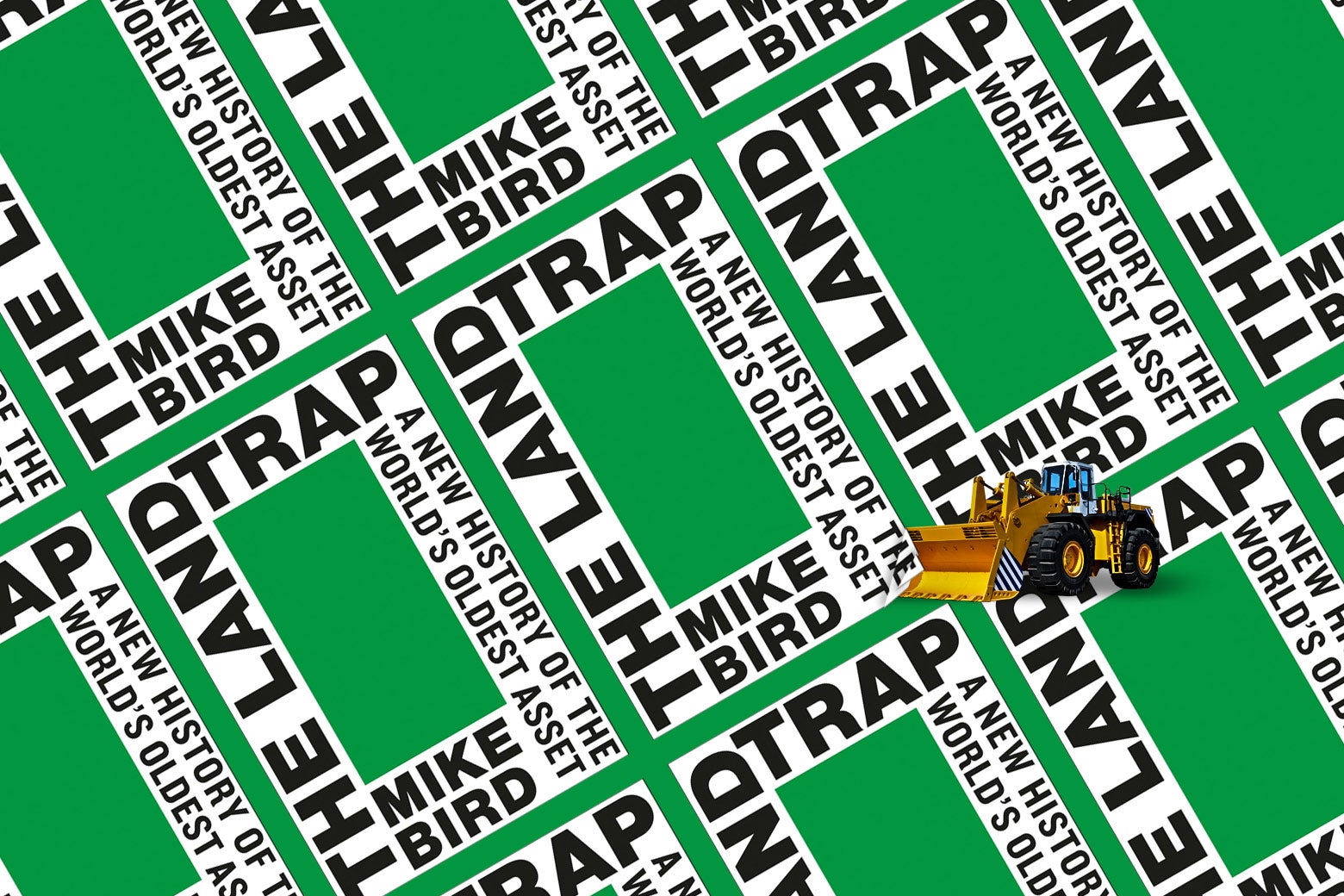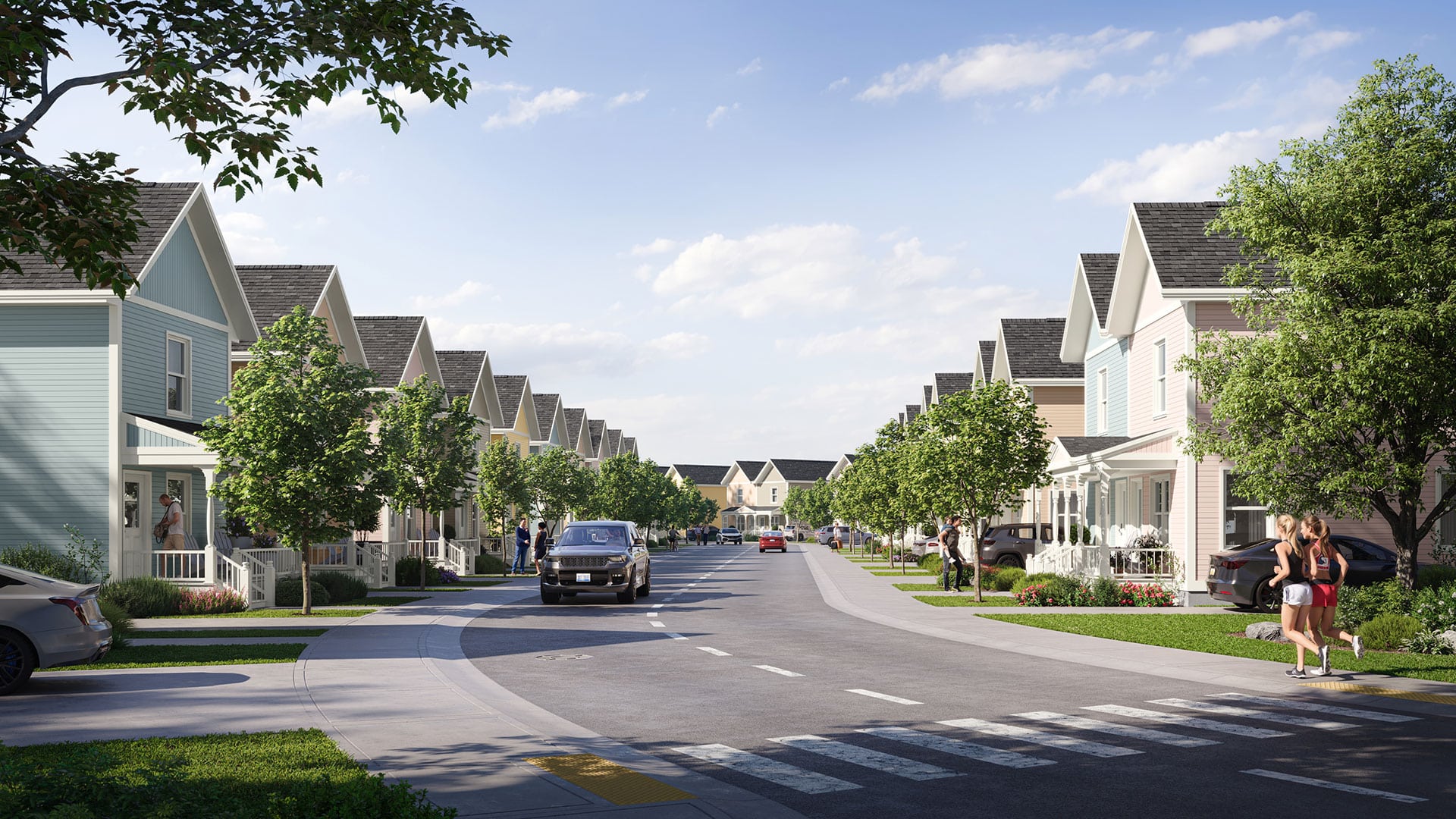*
*The Hidden Driver of America’s Housing Crisis**
A new book by journalist Mike Bird, *The Land Trap: A New History of the World’s Oldest Asset*, argues that the real culprit behind soaring home prices isn’t the bricks and mortar of the houses themselves but the land they sit on. In the United States, a single acre of property can be worth more than the entire structure built upon it, and in the most expensive cities, land accounts for roughly three‑quarters of a neighborhood’s value.
Bird’s thesis is simple yet profound: land is a powerful, immutable asset that fuels financial leverage, drives inequality, and distorts the housing market. While builders today wrestle with tariffs, high interest rates, and a shrinking labor pool, the true cost of a home is largely the price of the ground beneath it.
---
### The Anatomy of the Land Trap
Bird opens with the stark reality that land constitutes about 35 % of global wealth—more than twice the value of all publicly listed companies combined. Yet, modern technology has reduced the importance of physical location for many industries: disease‑resistant seeds, high‑speed internet, steel construction, and efficient transportation have all lessened the need to be close to resources or markets. Despite this, land has surged back into prominence because it can be used as collateral to raise vast amounts of capital.
Three characteristics make land an ideal loan asset:
1. **Scarcity** – The supply of land is fixed.
2. **Immobility** – It cannot be moved or hidden.
3. **Durability** – It does not decay.
These traits allow landowners to borrow heavily against their holdings. When land values rise, the borrowing capacity expands, creating a cycle of “enormous new financial firepower.” Bird cites Ray Kroc, who leveraged his family home to launch McDonald’s, and notes that today small U.S. firms have borrowed $5.5 trillion against real‑estate collateral. Even large corporations, such as Macy’s, are valued more by their land and buildings than by their retail operations.
The result is a financial system that prioritizes real estate over productive investment. Banks, seeing land as a safe asset, lend heavily against it, while startups and technology firms find it harder to secure financing. This imbalance fuels inequality: as land prices climb, wealth concentrates among those who own property, while those without land are left with fewer opportunities to build capital.
---
### Historical Context
Bird traces the roots of the land trap back to the American Revolution, the land‑value tax ideas of Henry George, and post‑colonial land‑reform movements of the mid‑20th century. He then zooms in on the modern era, comparing the United States, the United Kingdom, Japan, Hong Kong, China, and Singapore.
In the U.S., the ratio of median home price to median household income now exceeds five, and in places like South Florida, coastal California, and Hawaii, the ratio is in double digits. In the aftermath of the January 2024 Los Angeles wildfires, insurance payouts for destroyed homes were far lower than the mortgages that included the land, leaving many homeowners financially ruined.
Japan’s 1980s land bubble offers a cautionary tale. At its peak, the value of the Imperial Palace’s one‑square‑mile grounds surpassed that of the entire state of California. When the bubble burst, the country suffered a prolonged financial crisis, with some properties losing over 80 % of their value.
---
### The Singapore Model
Bird’s preferred solution is Singapore’s approach. The government has used eminent‑domain powers to acquire vast tracts of land, then built high‑quality, owner‑occupied public housing on 99‑year leases. This strategy curbs speculative land price inflation while ensuring a stable, affordable housing market. Singapore’s model demonstrates that a well‑managed land policy can balance the need for housing with the risks of unchecked land speculation.
---
### Implications for the United States
Bird argues that the U.S. is not as vulnerable as China, which suffered a massive collapse of its real‑estate market, leaving skyscrapers empty. In America, the stock market provides an alternative avenue for savings, and residential wealth constitutes a smaller share of household assets compared to many peer nations. Nonetheless, the political landscape remains heavily influenced by homeowners who demand rising property values.
The land trap’s influence extends beyond housing. It shapes the flow of capital, determines which businesses can thrive, and dictates the distribution of wealth. If land values fall, borrowing becomes difficult, loans default, tax revenues shrink, and foreclosures rise—creating a vicious cycle that can destabilize entire economies.
---
### Lessons for the Global South
In many developing countries, land registration and titling are still in nascent stages. As these nations formalize land ownership, they risk repeating the mistakes of the developed world. Bird warns that the allure of the land trap will persist, tempting policymakers toward speculative paths that ultimately harm long‑term prosperity.
---
### Conclusion
Mike Bird’s *The Land Trap* offers a compelling, historically grounded analysis of how land, not buildings, drives the housing crisis and fuels inequality. By understanding the mechanics of land as collateral, the financial system’s reliance on it, and the policy choices that can mitigate its excesses, policymakers and citizens alike can work toward a more equitable and sustainable housing market.















